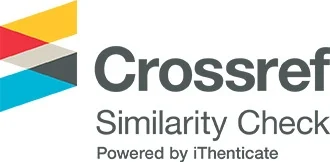Designing an Application that Helps People with Visual Impairments to Distinguish and Classify Libyan Traded Securities
DOI:
https://doi.org/10.65137/jhas.v8i15.127Abstract
Abstract:
The aim of this research paper is to help people with visual challenges (the blind and visually impaired) in the country of Libya. Thus the researcher designed and developed an application for automatic identification of Libyan securities traded through a mobile phone camera. This research work was implemented and tested for stock classification, using methods that combine the language environment "Matlab" and "MobileNet", a relatively new framework for deep learning (DL) image processing architecture. A currency classification system has been applied and implemented to be identified through the use of image processing steps. The proposed application processes, to classify and distinguish the types of Libyan money denominations, consist of six stages: (photo capture, pre-treatment of colors and currency image, detection of currency image edges, image segmentation, extraction of distinctive signs of currency characteristics, currency value recognition). To prove the effectiveness of the application algorithm, the researcher evaluated how well our proposed model performs using a new, classified and balanced raw data set of bank-notes (new, average, and old), consisting of approximately 2500 images with differrent lighting methods, which were employed for comparison and conducting experiments (training and testing) to classify the traded and approved Libyan securities of each of the five types (1, 5, 10, 20 & 50 LYD). In addition to the application of the supervised learning approach, the results of the experimental tests demonstrated the effectiveness of the proposed application algorithm in distinguishing and classifying the Libyan securities traded using the image processing process, and it showed good performance as it took a short time and produced an overall accuracy rate of more than 99% in the testing and verification process. Moreover, to ensure and confirm the efficiency and effectiveness of our model for the proposed application, we evaluated our application through 7 users from the visually impaired community. According to evaluation and verification, our application has been proven to be very successful and highly effective and works well with any lighting environment or heterogeneous methods .
Downloads
Downloads
Published
How to Cite
Issue
Section
License

This work is licensed under a Creative Commons Attribution-ShareAlike 4.0 International License.






